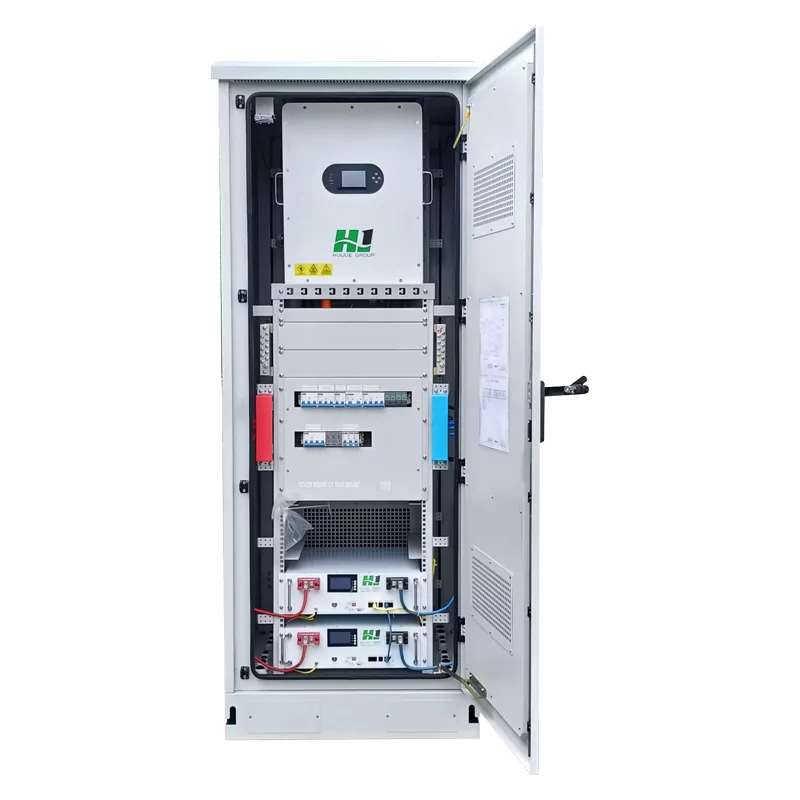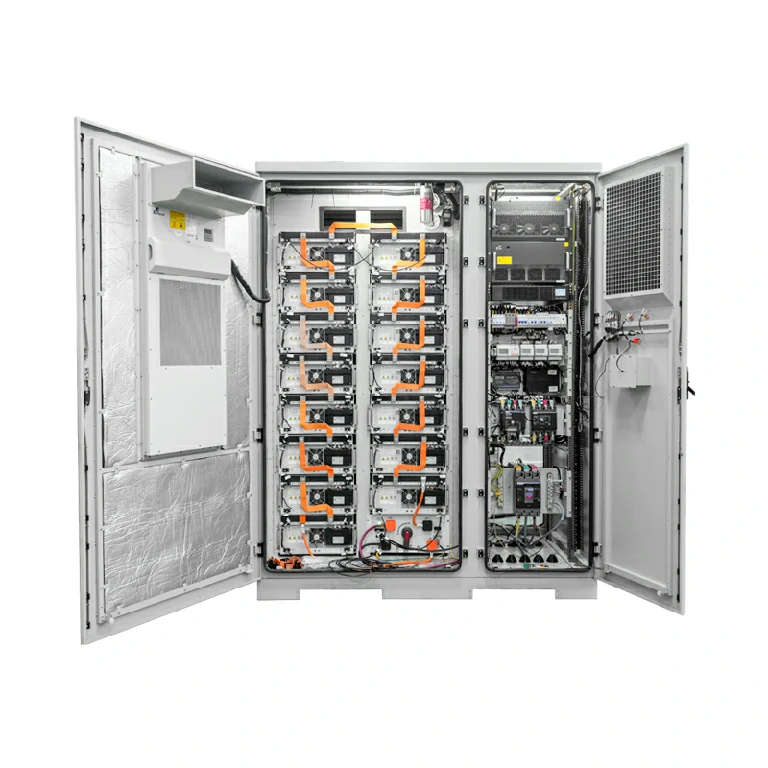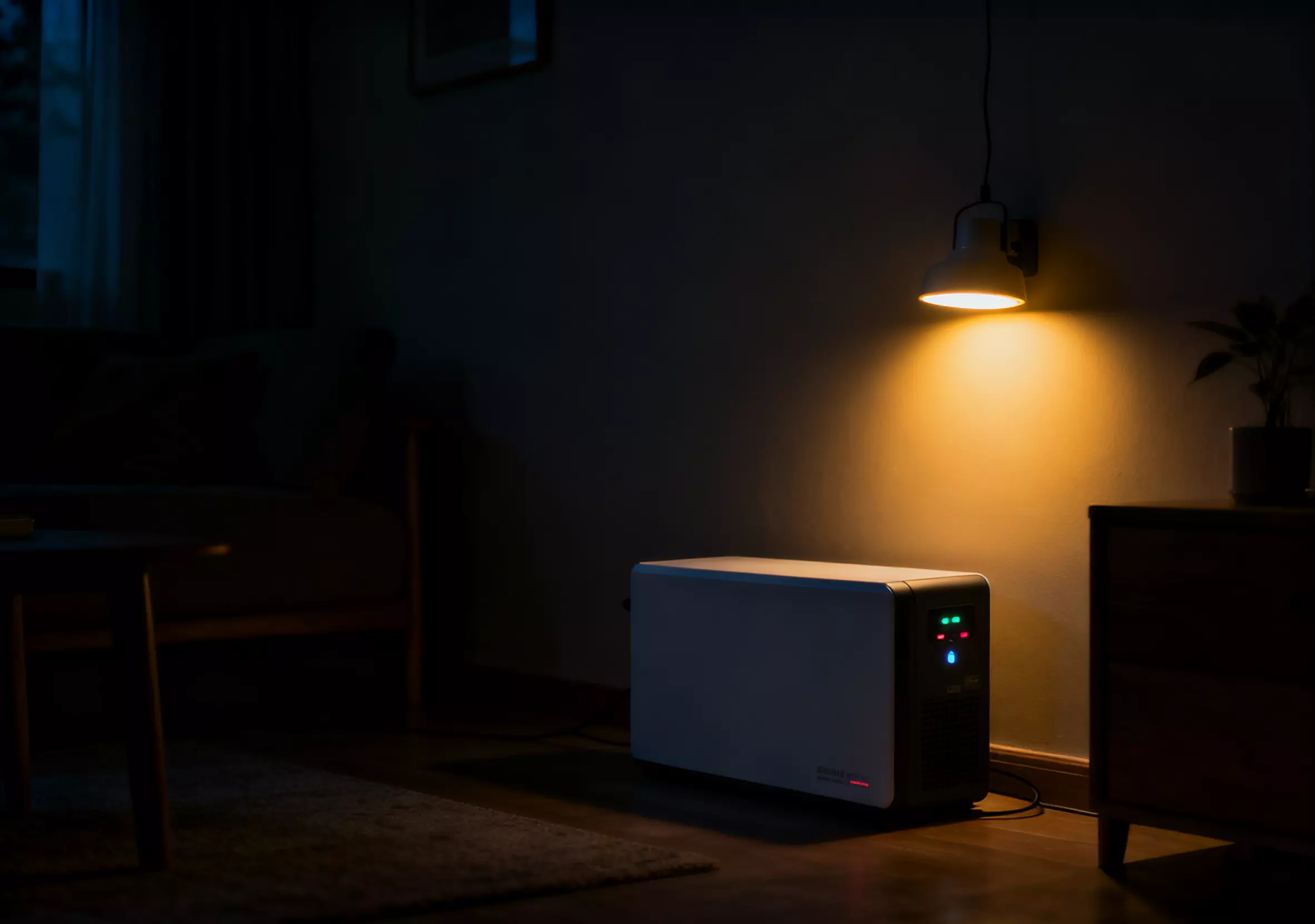Imagine your home possessing an energy storage cabinet, quietly managing your solar power, protecting you from blackouts, and lowering your electricity bills. But wait—how do you select the ideal battery cabinet for your system? In this guide we’ll walk you through key considerations, respond to some questions you may have, and offer a clear path to making the optimal choice.
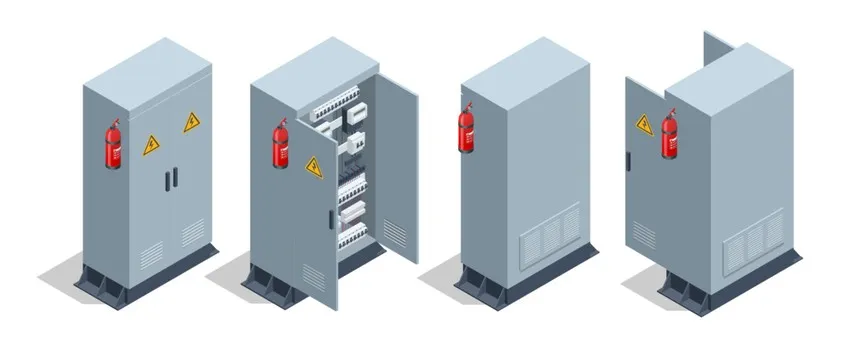
What is an Energy Storage Cabinet?
An energy storage cabinet (or battery cabinet, as it’s better known) is a stand-alone, residential-use unit housing battery modules, management electronics, cooling/ventilation, and, in some cases, inverters or power electronics. It’s integrated into your home power system—either with solar panels, grid-tie, or backup power. The global residential energy storage battery cabinet market is projected to grow considerably: from around USD 7.88 billion in 2024 to USD 25.57 billion by 2033.
You can determine how it fits your home and needs if you understand what it is.
Why Is the Right Battery Cabinet Important?
Question: Why can’t I just choose any cheaper cabinet and call it a day?
Good question. Since not all cabinets are made equal—differences in capacity, chemistry, design, safety, and scalability can significantly affect performance, maintenance cost, lifespan, and safety.
For instance, an overly small cabinet can leave you with a lack of backup, while one built with little ventilation can risk overheating and cutting battery life. Time invested upfront translates to better performance.
Key Considerations When Choosing an Energy Storage Cabinet
The following are the important considerations you have to keep in mind.
Capacity and Power Rating
- Battery capacity (kWh): Determines how much energy you can store.
- Power rating (kW): Decide how many devices you can use at a time or how quickly you can discharge.
- Home scenario: For running the essential loads (fridge, lights, internet) for 4-6 hours, you could target ~10-15 kWh capacity.
- According to NREL’s 2024 statistics, a representative 5 kW/12.5 kWh (2.5-hour) residential storage system is used for benchmarking.
Look for cabinet specs that are equal to or larger than your expected load.
Battery Chemistry and Cabinet Design
- Chemistry: Lithium-ion (specifically LiFePO₄) is now standard—better life, less maintenance.
- Enclosure design: Ensure that the battery cabinet provides adequate cooling/ventilation, safety features (fire suppression, temperature sensors).
- Appropriate safety certifications are key. Good cabinet design reduces risk of failure.
- Example case: California homeowners who have installed LiFePO₄ cabinets with modular design have experienced decreased failure and easier incremental expansion.
Placement, Integration and Scalability
- Where will the cabinet live? Indoors (garage) or outdoors (weather-rated)?
- If outdoors, ensure the cabinet is weather-proof, with suitable IP/NEMA ratings.
- Integration: Is it compatible with your solar panels? Can it integrate with your inverter, EMS (Energy Management System)?
- Scalability: Can you add modules down the line? For example, a homeowner in Germany installed a 8 kWh battery cabinet in 2023 and added a second cabinet in 2025—thanks to modular design.
Value, Warranty and Cost
- Cost is not just upfront cost: you need to add lifespan, efficiency losses, maintenance.
- Warranty: Standard battery cabinets are 10 years or some cycle number warranty.
- Market context: Residential energy storage battery cabinets market is expanding well due to solar uptake and household independence reasons.
- Compare always total cost of ownership, not just sticker price.
Grid Readiness and Smart Features
- Most cabinets now provide EMS or connectivity for monitoring and control (app, web portal).
- Some provide grid-services or time-of-use optimization.
- If your region is moving towards smart tariffs or virtual power plants (VPPs), it’s worth ensuring your cabinet is intelligent feature-ready.
- Example: A Queensland, Australia, home had a cabinet installed with smart EMS, allowing them to shift load to cheaper off-peak periods and monitor health remotely.
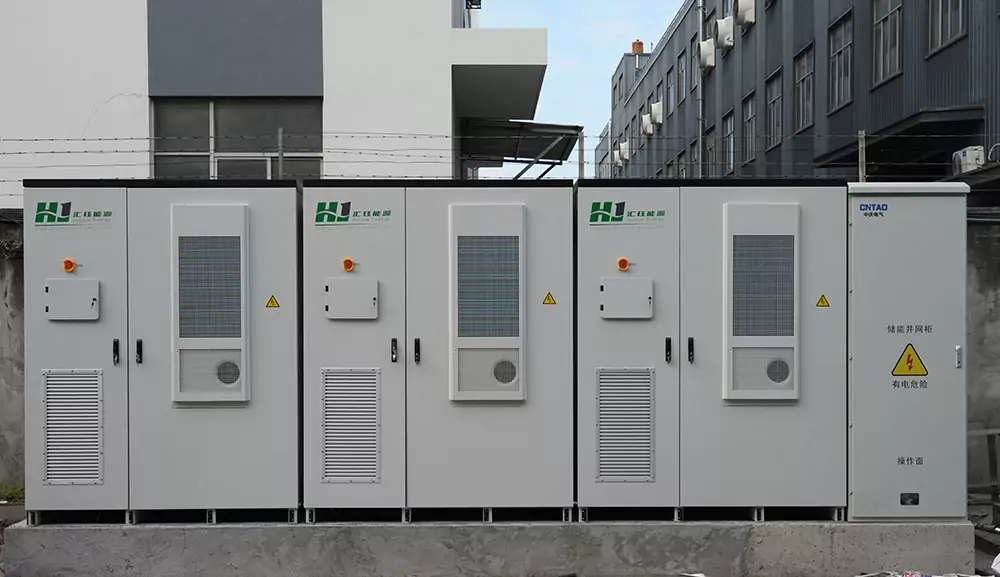
Frequently-Asked Questions from Homeowners
Q: Do I really need an outdoor-rated cabinet if it will be in my garage?
If indoors and climate-controlled, indoor-rated cabinets will do—but ensure they still meet safety and ventilation standards. Outdoor-rated ones provide a bit more durability and peace of mind if the environment is less than ideal.
Q: Can I start small and expand later?
Yes—modular battery cabinets can be expanded. Just ensure the first cabinet is built to accept added modules or stacking for expansion later.
Q: What is the distinction between backup and everyday use?
If you require sheer backup for outages alone, capacity and discharge rate take priority. If you require optimizing solar + self-consumption or time-of-use savings, your cabinet needs to be integrated with your system for everyday cycles and smart load management.
Real-World Example
In Adelaide, Australia (2022), a homeowner installed a 13.5 kWh battery cabinet with 6 kW rooftop solar inverter. The cabinet provided backup to daily usage and grid outage backup support. They experienced 35 % reduction in grid-drawn power over 12 months and had only one service call for software update—thanks to smart EMS built into the cabinet.
This shows how the choice of the right size, chemistry and integration yields dividends.
Choosing the right energy storage cabinet or battery cabinet is about matching your energy goals, site conditions, future-growth prospects and integration needs. Focus on capacity, chemistry, placement and smart features—and you’ll end up with a system that truly supports your home’s energy future.


